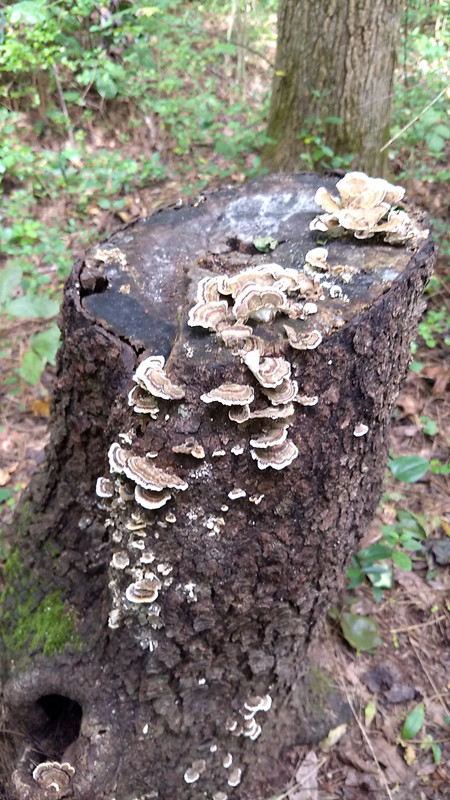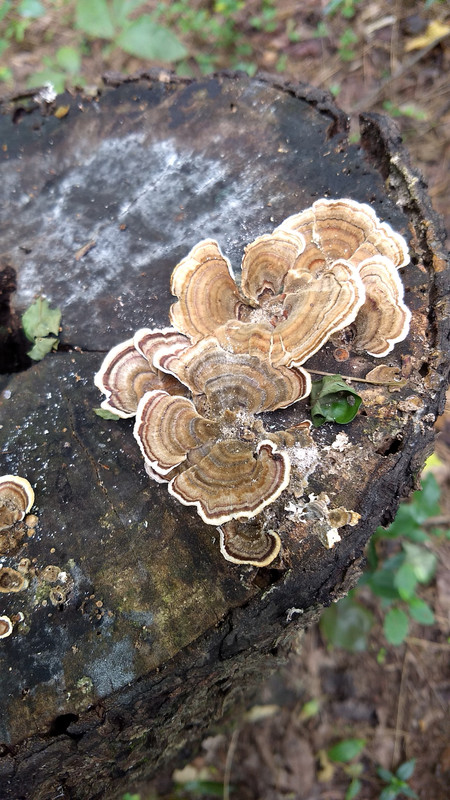 Posted by Geophyz
(here)
Making Wild-Foraged Mead
Posted by Geophyz
(here)
Making Wild-Foraged Mead
Mead is simply simply fermented honey and water and is possibly the oldest fermented drink. The process for fermenting and aging mead is simple and can be done with only standard household equipment and ingredients from your garden or foraged from the wild.
Mead, requires yeast to ferment. "For ancient peoples, yeast strains were first acquired from wild yeasts that floated through the air and thrived in abundance on fruits, flowers, and vegetables used as ingredients. When a particularly powerful and flavorful yeast strain (or more likely, combination of several strains) was found, it was saved by either using a portion of an actively fermenting batch to start the next batch, or by re-using the unwashed fermentation vessel, the interior of which would be caked with yeast strains leftover from previous batches. Another technique was to take a fresh log, usually juniper or birch, set it out to dry and develop cracks, and then drop it into the bottom of a new batch of mead. From then on, it would collect yeast in its cracks or in runes carved into its surface." (Zimmerman, Making Mead Like a Viking). I personally uses the branches of cedar trees to get my yeast.
Make note that I do not use any pesticides or herbicides anywhere on my land. My water comes from a well and anything you spray on the land winds up in the water table.
INGREDIENTS
.9 to 1.3 kg or about 946 ml (2 to 3 pounds or about 1 quart) raw, unfiltered local honey
3.8 liters (1 gallon) of good clean, non-chlorinated water
8-10 organic raisins (for wild yeast, tannins and nutrients)
I substitute cedar berries for cedar mead (good for cedar fever) or dandelions (good for hay fever, also makes you very calm) or Milk thistle blossoms (good to detox your liver and boost your immune system) or Rosemary (because I love Rosemary, it is also a diuretic, be careful with Rosemary mead, it can raise your blood pressure)
A couple squeezes of a lemon or orange
EQUIPMENT
A wide-mouthed ceramic, glass or food-grade plastic fermentation vessel (3-5 gallons); do not use metal
A stir stick or a wooden spoon
Cheesecloth or another porous cloth large enough to cover the mouth of your fermentation vessel
Clean all equipment thoroughly. Because I use natural fermentation I do not use harsh chemicals to clean my equipment. Again, living in the forest you must be aware that everything goes back into the earth, you have to be very careful what you are using to make sure only natural substances are returned to the ground.
Mix water and honey in a wide-mouthed vessel. Room-temperature water and honey are already at the ideal temperature for fermentation. You can warm the water to help dissolve the honey, but donít boil or pasteurize, as this kills off wild yeast and nutrients.
Add flavoring and fermentation-enhancing ingredients. Mead requires nutrients, tannin, and acid to give it body. Use these sparingly unless you want to add extra for flavor. All of these occur naturally in wild botanicals. Organic fruit, vegetables, edible flowers and more can be used. Small amounts of any citrus fruit (a couple squeezes per 3.8 liters/gallon) will provide acid. For tannin, an oak or cedar leaf (or grape) can be used. I am experimenting with Bay leaf from my tree to see how it works. Be careful adding herbs and spices, they can quickly become overpowering.
Once youíve mixed in your initial ingredients, set the vessel in a warm (15Ė27į C or 60Ė80į F) dark room, and stir vigorously for a couple of minutes several times a day. This aerates the mead, helping to incorporate wild yeast and ensuring a strong fermentation. Cover the vessel with a clean cloth when not in use. Tie the cloth tightly around the opening to keep out fruit flies and ants. Most fruits will cause a vigorous, foamy fermentation, while other ingredients will be more akin to opening a carbonated beverage; i.e., the mead will be bubbly and will continue to fizz after stirring. You have to be careful with this, I have had mead explode on me. Make sure your vessel is big enough to handle the expansion. I continue this process for several days.
Now you are ready to transfer your mead into a narrow neck jug. You need to purchase an air lock from your local home brew store. The goal is to allow the CO2 produced by fermentation to escape and to keep outside air from entering and turning the mead to vinegar. I know people who use a balloon but I have never mastered that technique.
Many people say meads were often "drunk young", meaning you can drink the mead at any point now if you like the flavor. It will be sweet and bubbly and at around 5-6% alcohol. I prefer to age mine a bit longer to a little higher alcohol (10-12%) and to enhance the medicinal benefits. My cedar mead usually ages for 6 to 8 weeks. Meads bottled a bit young in a thick bottle will be carbonated, but if not done with care, you risk popped corks or bottle bombs. This is very important, I had several bottles of my first try explode on me!
I bottle my mead in mason jars or those beer bottles with a swing top cap. I store them in the fridge or root cellar. You can age them for as long as you want! Mine tend to get used up pretty quick because most of my meads are medicinal and people ask me for them.









 Reply With Quote
Reply With Quote















Bookmarks